|
History of the Fillmore Towne Theatre
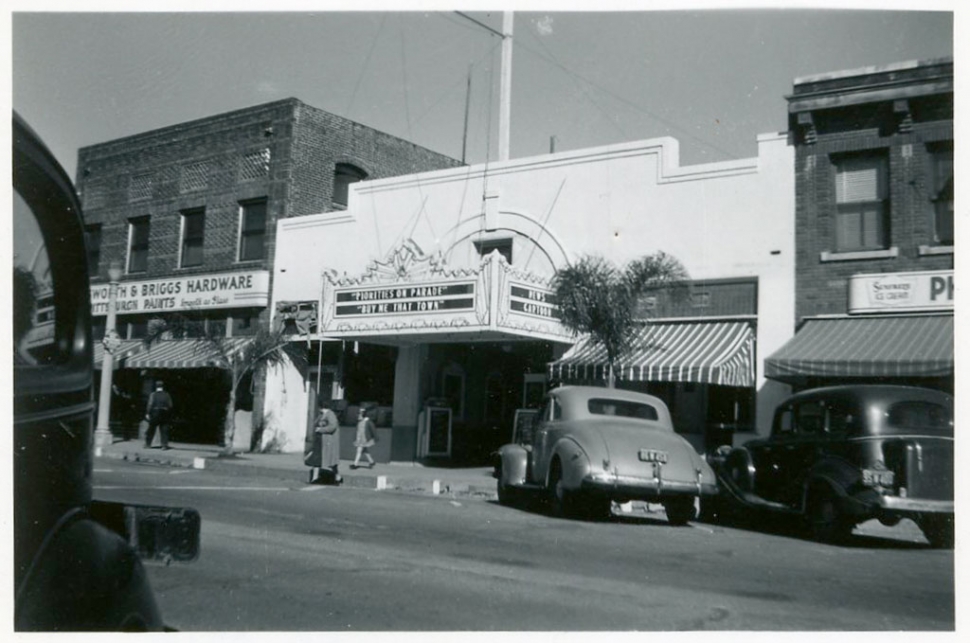 Fillmore Town Theatre, 1931. By Anonymous — Wednesday, January 20th, 2021
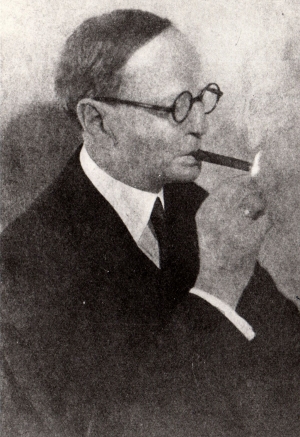 Merton Barnes 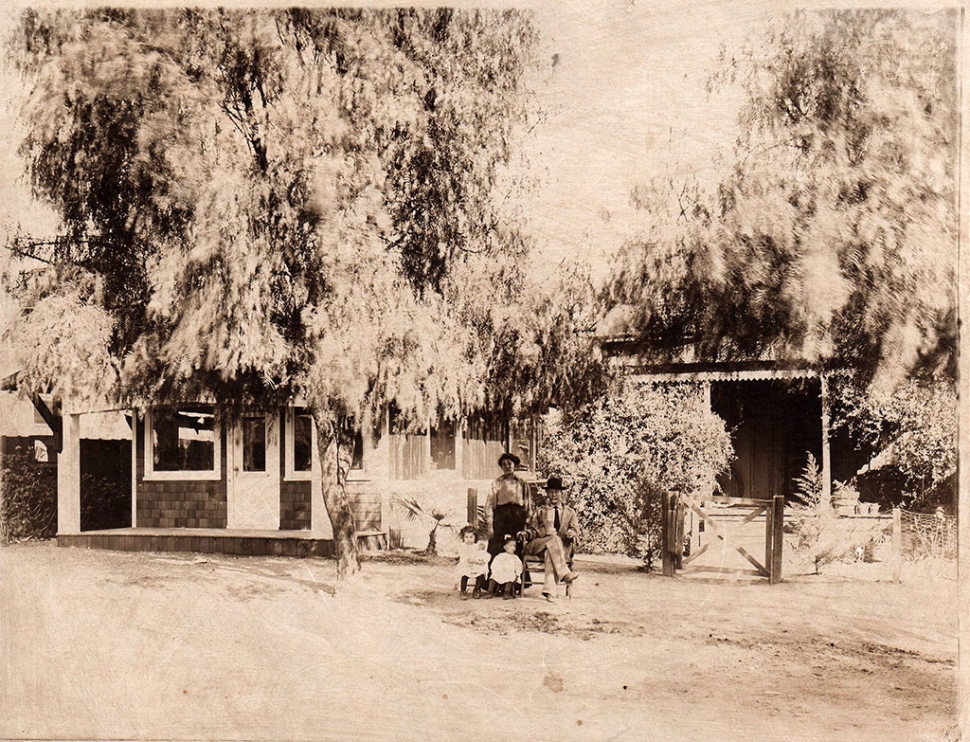 The Hammond home. 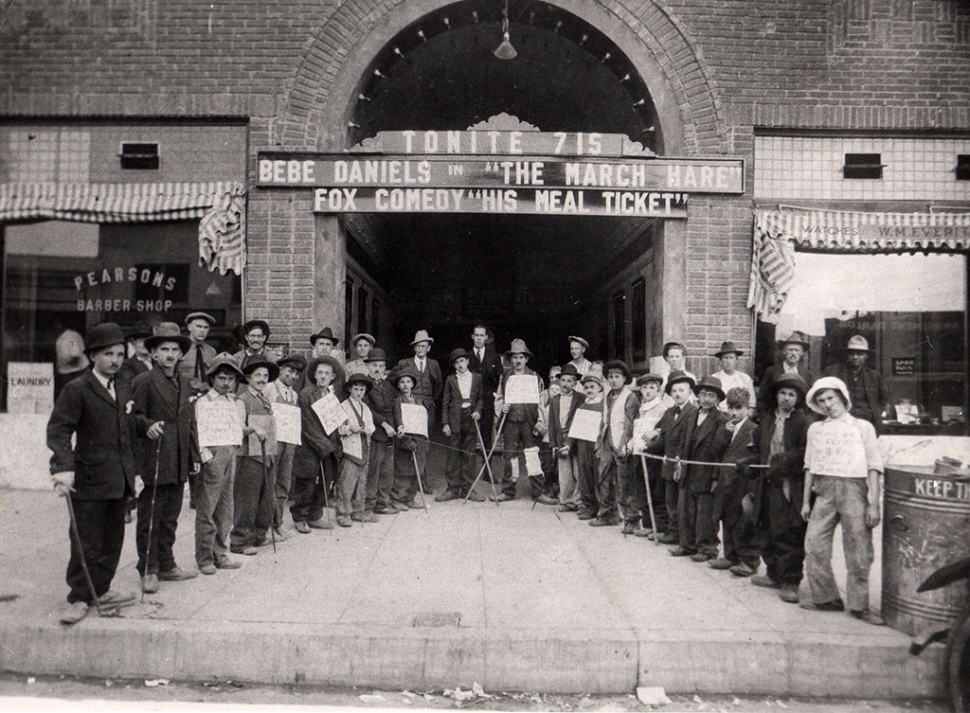 Charlie Chaplin Day in 1923. 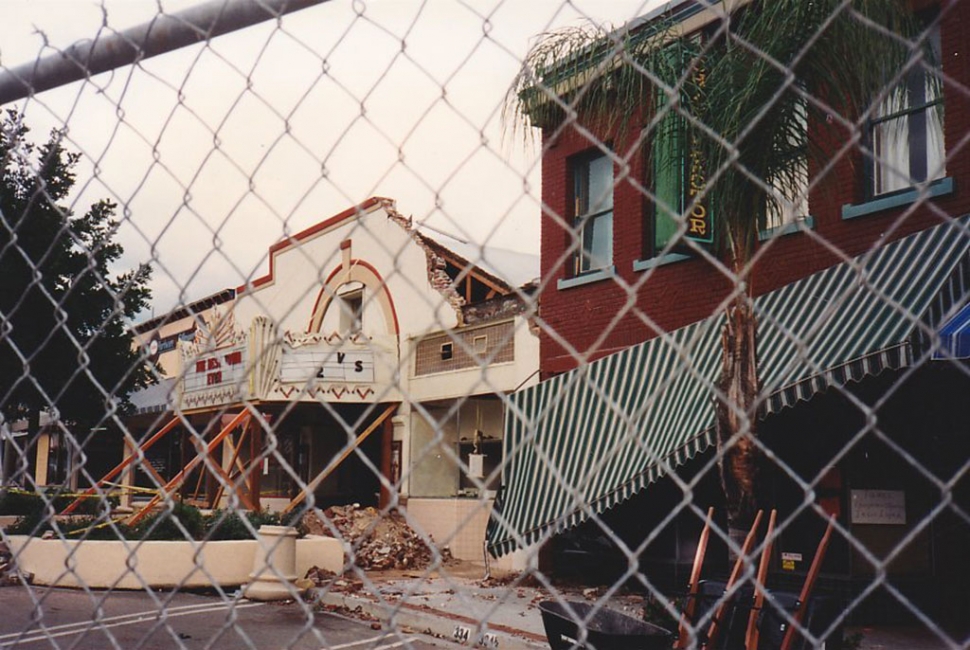 The Theatre in 1994 after the earthquake. 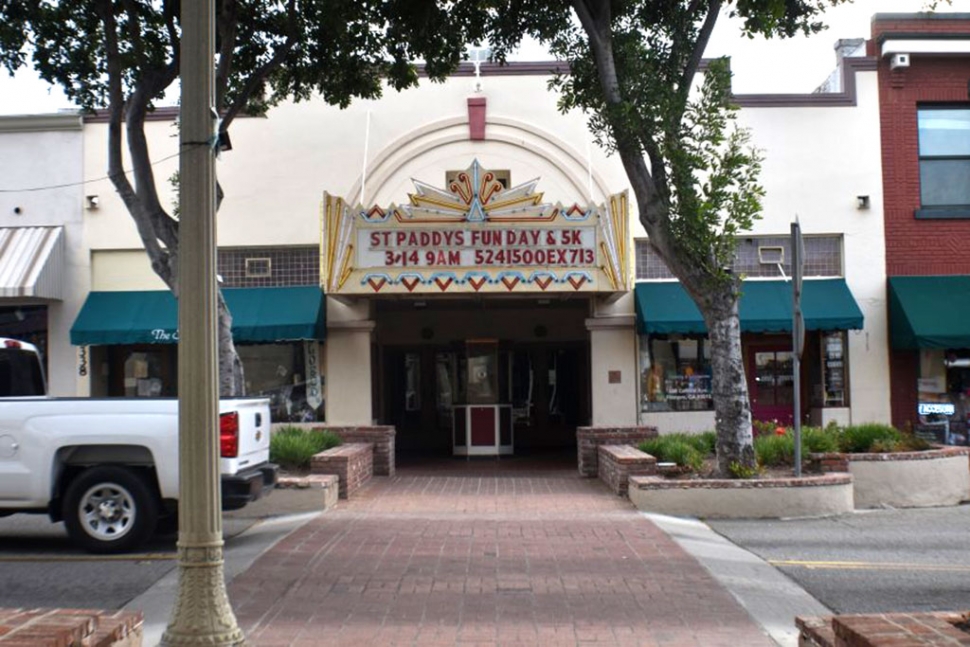 The Theatre today in 2020. Courtesy Fillmore Historical Museum In January 1912, the citizens of Fillmore waited impatiently to find out who would win the contest to name the new moving picture theatre opening on Central Avenue. The winner would receive a coveted six month pass to theatre. The manager of the theatre, Merton Barnes, had been overwhelmed by entries. Some of them included “Fillmorine” (Elsie Sallee), “El Favorito” (E. A. Pyle), and “Citrus Valley Opera House” (Mrs. L. Snow). The winner was decided by a group of Fillmore luminaries, F. L. Fairbanks W. E. McCampbell, and John B. McNab. The winner entry was “The Empire” with Ralph Guerrant winning the pass. This theatre was in the Brinley Building, where 341/343 Central would be in 2021. The manager, Merton Barnes, had been in theatre stock companies traveling around the United States before coming to Fillmore and opening The Empire. Besides managing the theatre, in 1912 he was chosen as the Judge for Fillmore township and would serve as Judge for the City of Fillmore until 1928. He also coined the promotional slogan, “Fortune Favored Fillmore.” The Empire Theatre operated until 1916 presenting a mixture of movies, vaudeville acts, and speakers on a variety of subjects. In 1916, Leon Hammond built a commercial building where his home had previously stood. He was the son of a British surgeon and French mother and had arrived in Fillmore about 1905. His father served in the Confederate Army in the “War Between the States” and later emigrated to Brazil where Leon was born. They returned to the United States when Leon was a young child. The building Hammond built was to Merton Barnes’ specifications. According to his daughter, Barbara Barnes Jones, the stage was very modern with its equipment for scenery, a large door at the rear to bring scenery in and out and a trap door on stage. It had an orchestra pit which was later taken over by a large electric organ played by Mr. Sallee, Barbara Barnes or Pauline Irwin. There was also a steep pitch to the seating area about 5 feet, unusual for the time. There was a large lobby which had large picture frames in which photos of coming events were placed. Colors of cream and soft green were selected for the interior. As with the Empire, this was a multiuse facility. Besides motion pictures there were piano recitals, plays, public lectures and “Country Store” nights when groceries were given away at the movies. On November 2, 1917, there was a “RAH, RAH” night for high school students. According to the paper, students held a rally in front of the Barnes Theatre to boost the Fillmore-Ventura football game to be held the next day. Afterward they were guests of Judge Barnes at the Theatre. Mr. and Mrs. Richard Stephens hosted all the town’s children to a special Christmas movie, a tradition they had begun in 1912 at the Empire Theatre. In April 1920, to please the public, Judge Barnes ran a coupon in the paper asking people to send in their preferred time for weekday shows. Merton Barnes sold the theatre in October 1926, to H. C. Stearns and the name of the theatre was changed to the Stearns Theatre. In 1930, Mr. Stearns added the new marquee changing the look of the front of the theatre completely. If you look carefully today you can still see the top of the original arch behind the marquee. He also upgraded the sound equipment and added new lounge seats in the balcony. By 1931, the theatre changed hands again and became the “Fillmore Theatre”. The name was kept as the management of the theatre changed hands several times through the next decades. Connie Victoria told the Museum in a 2009 interview of the seating segregation in the theatre. She and her husband, Manuel (still in uniform from World War II), went to the theatre one night and asked to be seated in the loges. They were told there was no room so were seated on the main floor almost directly in front of the screen. Later in the evening, they looked up and saw the loges almost empty. When they confronted the assistant manager, he told them he was told not to seat Mexicans there. Connie escalated the issue to the county district attorney. Shortly thereafter, the theatre contacted them saying it was a misunderstanding and provided them free passes. From then on, they could sit wherever they wanted. By 1989, the building, by now the Towne Theatre and owned by Dale Larson, was deteriorating. The City Council allocated redevelopment funds to help in restoring the theatre, especially the marquee and lobby. Then in January 1994 the Northridge Earthquake struck, severely damaging the theatre and leaving it red tagged. As with many buildings in Fillmore, the Theatre was severely damaged in the January 1994 earthquake. After the 1994 Northridge earthquake the City of Fillmore purchased the building. Though extensive fund raising by citizens in the Save the Towne Theatre Committee, as grants the theatre was restored. It reopened in 1996 and showed first run movies. It did not, however, make enough to cover the upkeep of the building and the City made the decision to close it in 2011. Hopefully, the theatre that has survived over 100 years will someday again have a life as a theatre. |
